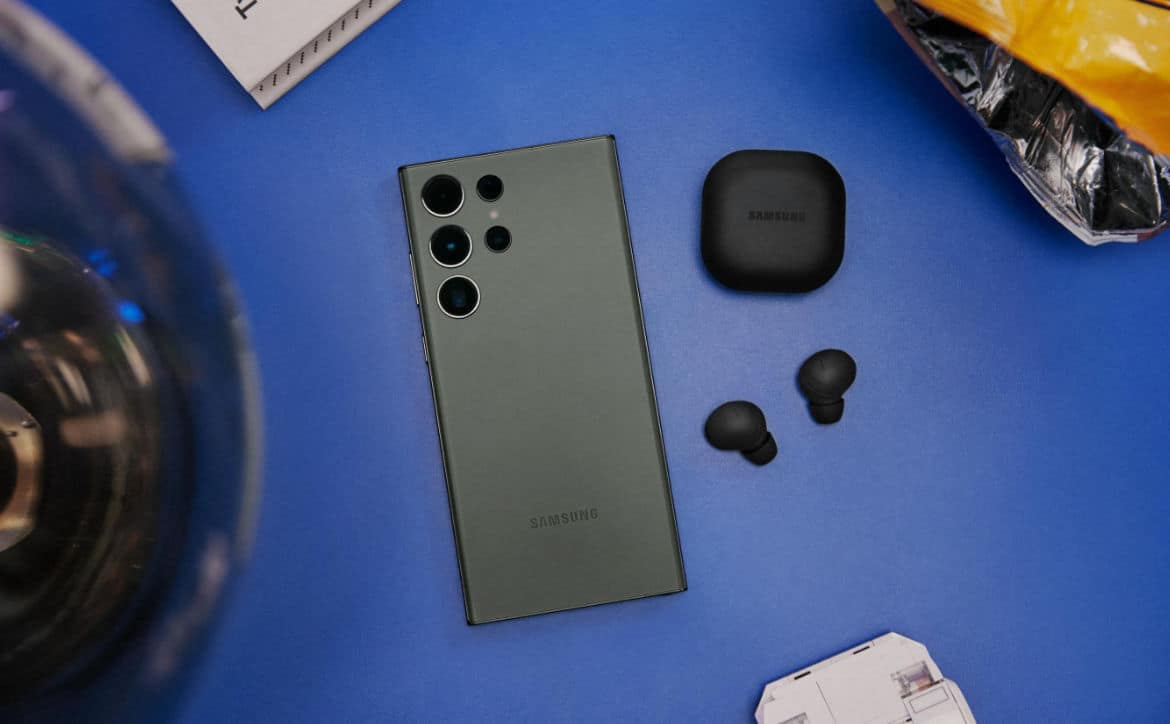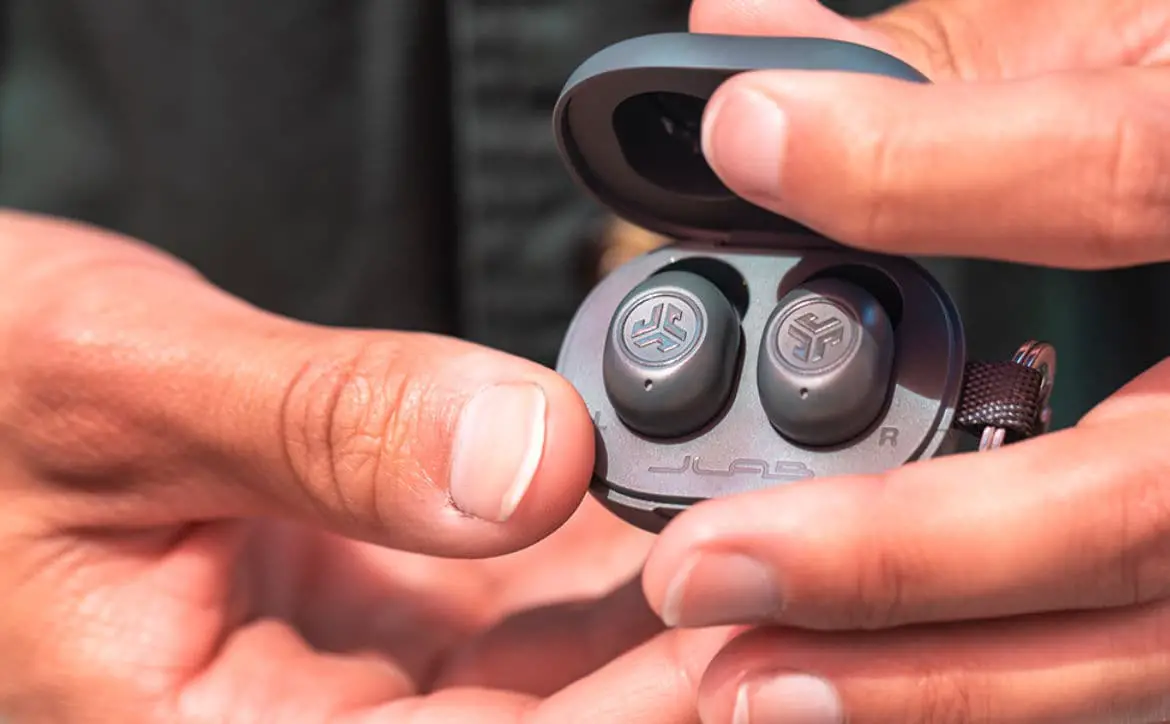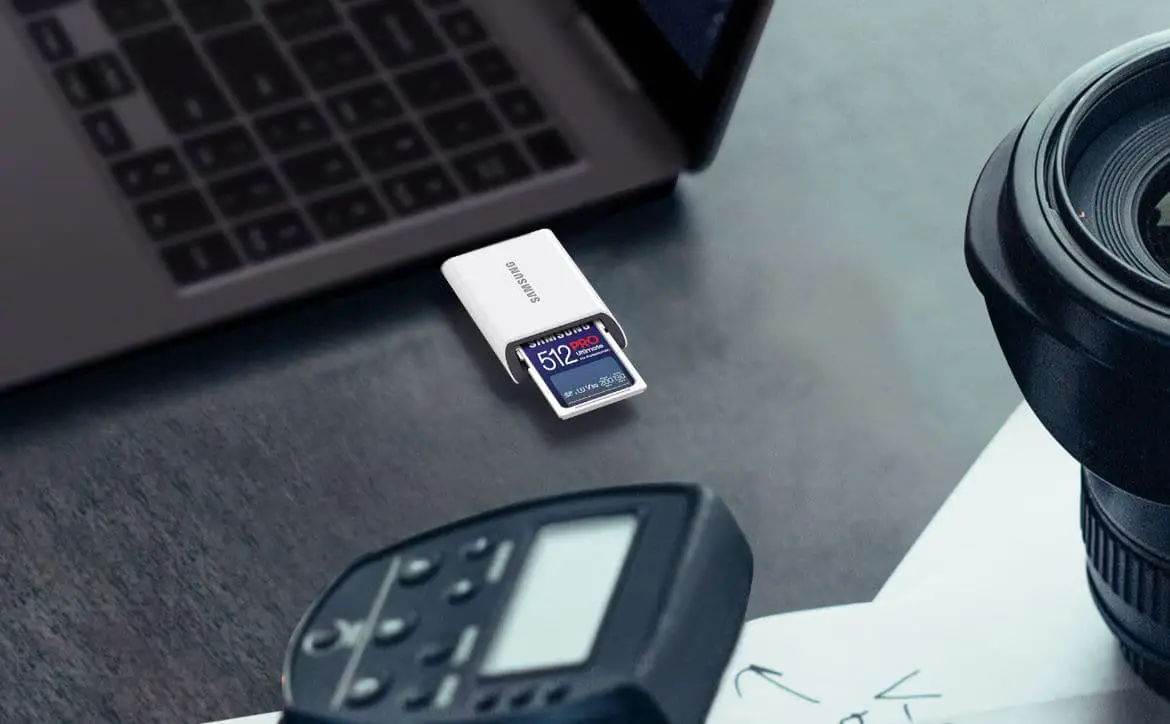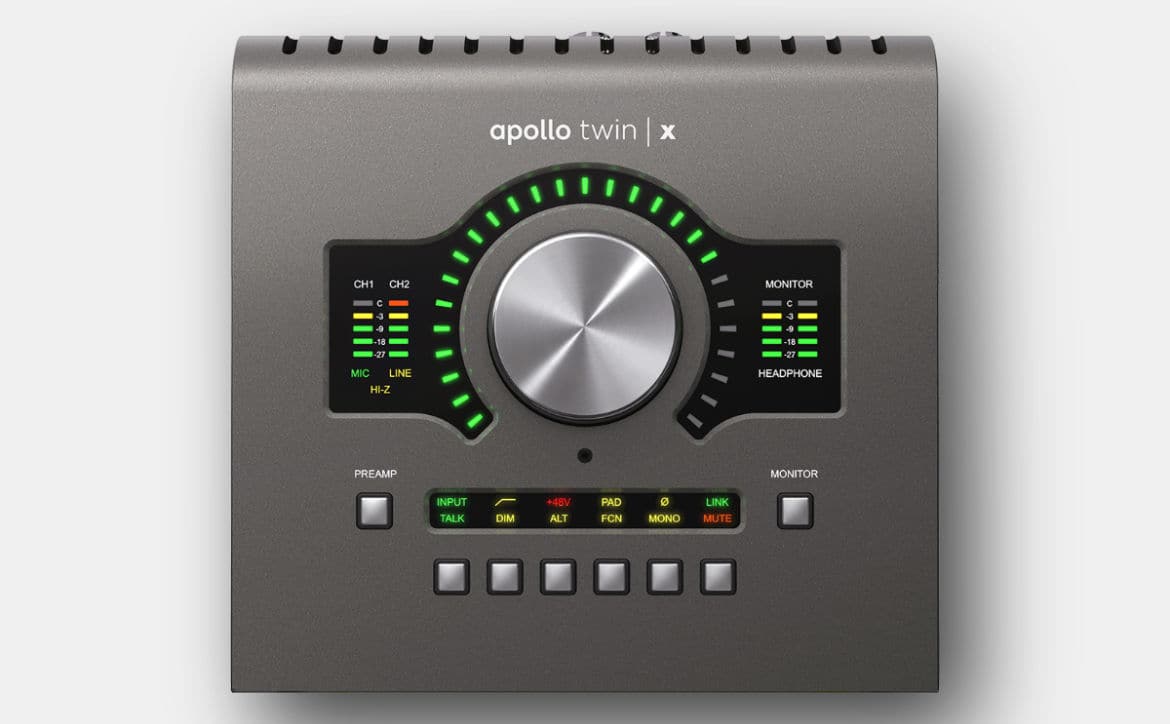In the fast-evolving world of smartphone photography, the Samsung Galaxy S23 Ultra stands as a pinnacle of innovation. Equipped with cutting-edge technology, it offers a myriad of features to capture stunning visuals. One of the most intriguing aspects is the Pro Mode, a treasure trove of settings that allow you to take full control over your photography experience. In this article, we will dive into the world of Pro Settings on the Galaxy S23 Ultra camera and quickly guide you on how to start harnessing their potential to elevate your photography game.
Estimated reading time: 5 minutes
This article is designed to get you up and running quickly and is not intended to be a deep dive. Samsung has a plethora of features packed into its cameras, it would take a super-comprehensive guide to get into everything at length. For now, we hope this short guide will at least give you a foot forward.
Table of contents
Samsung Galaxy S23 Ultra and Pro Mode
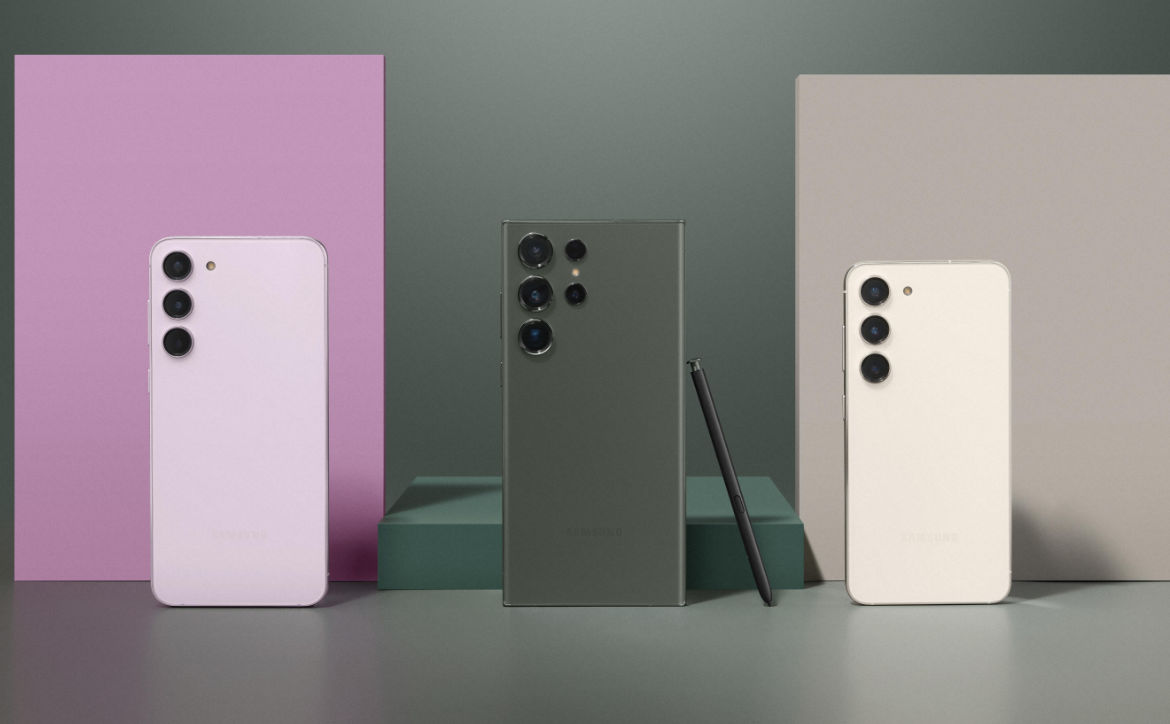
Understanding Pro Mode
Pro Mode is designed to offer photographers an unprecedented level of control over their shots. Instead of relying solely on automatic settings, this mode lets you tweak various parameters to tailor your image to your creative vision. These parameters include:
- ISO: ISO determines the sensitivity of the camera sensor to light. Lower ISO values (e.g., 100-400) are suitable for bright conditions, while higher values (e.g., 800-3200) are useful in low light. Adjusting ISO helps maintain the balance between light sensitivity and image quality.
- Shutter Speed: Shutter speed dictates how long the camera sensor is exposed to light. Faster shutter speeds (e.g., 1/1000s) freeze fast-moving subjects, while slower speeds (e.g., 1/30s) can create motion blur for artistic effect.
- Aperture (f-stop): Aperture controls the amount of light entering the camera by adjusting the size of the lens opening. Lower f-stop values (e.g., f/1.8) result in a shallower depth of field, perfect for portrait shots, while higher values (e.g., f/16) increase the depth of field, ideal for landscapes.
- White Balance: White balance ensures that colors in your photo appear as they do in real life. You can manually adjust this setting based on lighting conditions (e.g., daylight, cloudy, tungsten) to avoid unnatural color casts.
- Focus: Pro Mode allows you to manually set the focus point. This is especially useful for achieving sharp focus on specific subjects in your frame.
- Exposure Compensation: Exposure compensation lets you adjust the overall brightness of your photo. Increase it to make your image brighter, or decrease it for a darker tone.
- RAW Capture: Enable RAW capture to save images in a format that retains more data, giving you greater flexibility during post-processing. But be aware that this will take more storage space on your S23.
Quick Set Up of Pro Mode on Galaxy S23
- Preparation: Open the Camera app and swipe through the available modes until you find “Pro.” It’s usually represented by “P” or “Pro.”
- ISO and Shutter Speed: Start by setting your ISO and shutter speed. In well-lit conditions, opt for lower ISO values and faster shutter speeds. For low light situations, increase the ISO and use slower shutter speeds to allow more light into the sensor.
- Aperture: NOTE: Aperture and depth of field are done with the S23’s software, there is no way to adjust aperture apart from choosing the amount of software bokeh you want. Thank you, Gordon, for correcting us.
Adjust the aperture to control depth of field. Experiment with wide apertures for bokeh-rich portraits and narrower apertures for detailed landscapes. - White Balance: Set the white balance according to the lighting conditions. Trust your eyes; if colors appear off, select an appropriate white balance preset or adjust manually.
- Focus and Composition: Tap on the screen to manually set the focus point. Compose your shot, keeping in mind the rule of thirds and leading lines, for a balanced and engaging composition.
- Exposure Compensation: Fine-tune the exposure compensation to achieve the desired brightness level. Be cautious not to overexpose or underexpose important areas.
- RAW Capture: If you’re aiming for the highest image quality and post-processing flexibility, enable RAW capture in the settings. But be aware that RAW photos will need some post-processing to make them look their best. A program like Affinity Photo is a great option to edit your photos.
Conclusion
The Pro Mode on the Samsung Galaxy S23 Ultra camera is a playground for photography enthusiasts, offering a level of control that can rival some dedicated digital cameras. By understanding and utilizing ISO, shutter speed, aperture, white balance, focus, exposure compensation, and RAW capture, you can truly unlock the potential of your smartphone’s camera.
Remember, mastering Pro Mode takes practice. Experiment with different settings in various lighting conditions to understand their effects on your images. Over time, your intuition will grow, and you’ll find yourself confidently crafting professional-looking photos with your Galaxy S23 Ultra. So, venture into the realm of Pro Settings and let your creativity shine through your smartphone lens.
Do you use Pro Mode on the Samsung Galaxy S23 camera? Share your tips with the rest of the audience on your favorite social media site. Please share your thoughts on any of the social media pages listed below. You can also comment on our MeWe page by joining the MeWe social network. And subscribe to our RUMBLE channel for more trailers and tech videos.
In some of our articles and especially in our reviews, you will find Amazon or other affiliate links. Any purchases you make through these links often result in a small amount being earned for the site and/or our writers. Techaeris often covers brand press releases. Doing this does not constitute an endorsement of any product or service by Techaeris. We provide the press release information for our audience to be informed and make their own decision on a purchase or not. Only our reviews are an endorsement or lack thereof. For more information, you can read our full disclaimer.
Portions of this article were written using AI and edited by us, some images may be generated using AI.
Last Updated on August 13, 2023.

